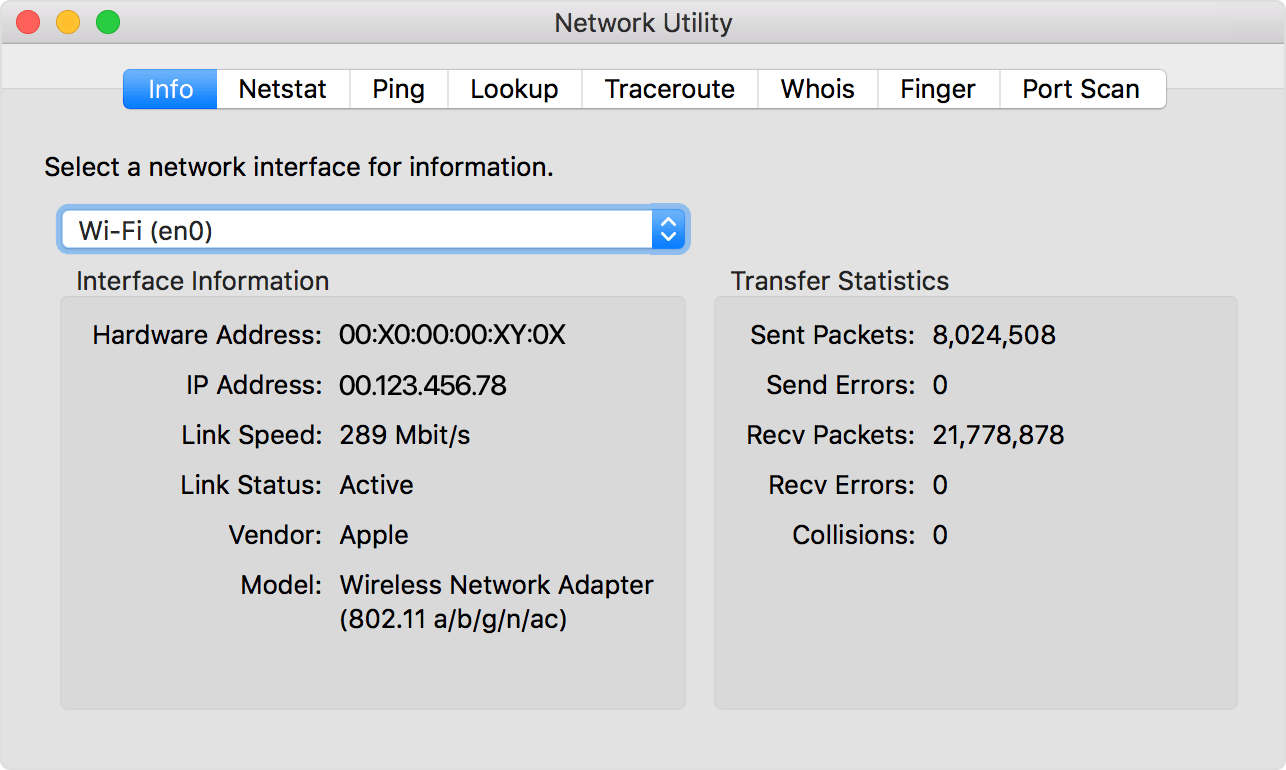
- #HOW TO USE NAMEBENCH MAC HOW TO#
- #HOW TO USE NAMEBENCH MAC PC#
- #HOW TO USE NAMEBENCH MAC PLUS#
- #HOW TO USE NAMEBENCH MAC FREE#
Andrew Orr does a great job of explaining how. IPhone, iPad, and iPod touch owners can set DNS servers, too.

To remove an address, just select it and click the Minus button at the bottom of the DNS Servers list. There are different ways to open a Terminal command line.

But if you’re a developer, it’s hard to get away from using a CLI. You can change the order of the entries in your DNS list with a quick click and drag. On the Mac, the Terminal app is kinda buried, probably perhaps because those who use a MacOS laptop just for social media probably won’t need a Terminal. If none of those work, your Mac will look to your router for an entry. If for some reason the first isn’t available, your Mac moves on to the next. Your Mac starts at the top of the list to choose the DNS server it’ll use. Click on the Start Button and type in ncpa.cpl and hit Enter.
#HOW TO USE NAMEBENCH MAC PC#
#HOW TO USE NAMEBENCH MAC PLUS#
#HOW TO USE NAMEBENCH MAC HOW TO#
Here’s how to add DNS servers to your Mac’s network settings: Adding the servers you want takes only a few steps. You aren’t limited to the DNS servers your ISP or local coffee shop assigns. It also ensures the public networks you connect to don’t get to collect the URLs you enter. That isn’t necessarily a problem, but if you’re concerned your ISP is tracking and selling your website requests, changing your DNS entries is the way to go. namebench runs a fair and thorough benchmark using your web browser history, tcpdump. The same thing happens when you connect to public networks in places like coffee shops, libraries, and hotels. It hunts down the fastest DNS servers available for your computer to use.

Your ISP has its own DNS servers and automatically provides those when you connect to the Internet. Typing in your browser, for example, is a lot easier than remembering 17.142.160.59.

What is DNSĭNS, or domain name service, is what your Web browser uses to translate the URL you enter (like ) into the numeric addresses, or IP address, computers use.
#HOW TO USE NAMEBENCH MAC FREE#
If you wish to check and find the fastest DNS provider for your connection, you can use the free namebench tool and reconfigure your DNS accordingly.If you aren’t happy using the default DNS servers your ISP or local coffee shop provides with your Mac, you can change them. So OS X would anyway try the first two that you have from your ISP before going with the third one. The order of the DNS server entries matters for how DNS lookups are performed. By default, this address will be added in the DNS list in OS X, and the DNS lookups will be done based on the DNS servers configured within the router/modem (where again, the default would be what your ISP provides). The IP address 192.168.1.1 is your default gateway and is the address of your router or modem that you connect to for Internet access. Since you have two other DNS addresses listed, you can click on the entry for 192.168.1.1 and click the "-" (minus) button to remove it (although it may not have any practical effect on connecting to sites).


 0 kommentar(er)
0 kommentar(er)
